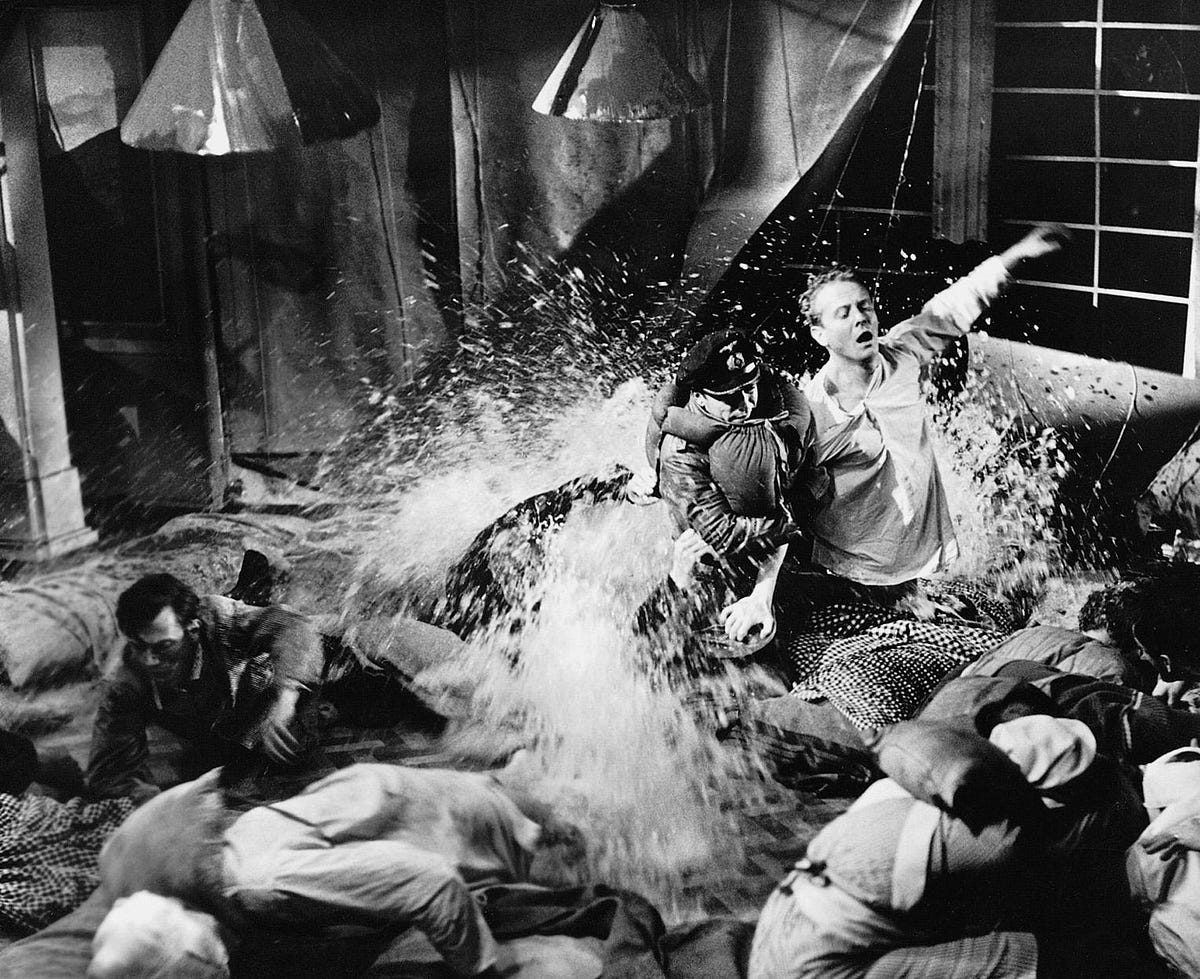By: Jacek Bartosiak
On the fields of Ukraine the 20th century method of waging land wars (assault, armored columns, fairly flat front and always incomplete reconnaissance where the fog of war still reigns) is dying. After the inevitable winter break, a new path will emerge – one from the 21st century. It will be a way of waging a more positional war, in which it will be difficult to make a decisive offensive maneuver, in which there will be a modern reconnaissance battle with the information dominance that accompanies it, which is possible thanks to the widespread use of sensors, including cheap drones is. Where maneuvering masses of tanks over long distances will be costly for both sides, and the ubiquitous sensors and precision fire allow it to penetrate deep into the enemy group and their base. Where there will be plenty of artillery and missile duels and raids and subversive action through the obviously porous front lines. Unless Germany and France, “concerned” for the living standards of their citizens in the face of the energy and food war Russia is waging, force Ukraine in the winter to accept a Russian victory and Russian political terms that will dominate our part of Europe .
A maneuver in a land war is a movement of military forces in relation to the enemy’s behavior designed to result in an advantage over them in time and space. The right maneuver not only misleads the opponent, but above all throws him off operational and sometimes strategic balance – thereby making it possible to win the battle, sometimes the whole war, while preserving one’s freedom and the momentum of the enemy maneuver as well as the own strength with which this maneuver is carried out. German operations from World War II and the famous “pockets” at Kyiv and Vyazma in 1941 are the quintessence of a perfectly executed manoeuvre.
Attacking manoeuvre, especially over long distances, is the most difficult element of a land war. The commander conducting the maneuver must use the success of the front breakthrough, even temporarily, while preserving the initiative, one’s own freedom of movement and at the same time the ability to eliminate the recurring weaknesses of one’s own forces. These weaknesses result primarily from the logistical problems that grow with time and distance and the never-optimal composition of your own troops in relation to upcoming challenges. If the river is not crossed, there will be combat contact with the infantry. if not a battle with enemy tanks, a minefield or a threat from helicopters, or a difficult city battle. And for all these challenges, you must have an answer. This is inevitable when you are persistently pushing forward in a maneuver.
A well-executed maneuver always creates additional problems and challenges for the defending opponent, often rendering its actions ineffective, delayed and missing. As the history of wars proves, it is a well-executed maneuver that leads to the enemy’s defeat. The maneuver is therefore the key to success. History knows many instances of maneuver bonuses: from the Punic Wars, through the Six Day War (and the spectacular defeat of Egyptian troops by Israel) to the Battle of Umm Qasr at the start of the Second Iraq War.
Conducting a maneuver involves breaking the operational balance, a specific balance between leadership, logistics, support, morale and resistance of the army under attack, creating a rapidly increasing asymmetry in favor of the attacker. Until the outlined vulnerability is fully exploited. This was the idea of Tukhachevsky’s deep rear penetration strikes and the destruction of the enemy’s rear and lines of communication;
German boilers (“Kessel”) during Operation Barbarossa when the Blitzkrieg operational concept was developed from Guderian’s initial thought in the book “Achtung Panzer!”. to a mature operative art. Before that, in May 1940, the Germans, maneuvering deep into France through the Ardennes, showed how to break the operational and then the strategic balance of the French and British along the entire front from the Maginot Line to the sea coast. The result was a quick Allied defeat with a bold move, the British fleeing through Dunkirk, and a very different course of war from the course of World War I, when German troops were bogged down in trench warfare.
The Germans did the same with the Polish army after breaking through the fronts at Częstochowa, the Pomeranian Corridor and the Narew River in September 1939. It’s difficult for an outmaneuvered army to retreat in an orderly manner… There is an issue with morale, logistics, unit consistency, and the durability of the entire frontline.
But sometimes, as during World War I, an attacking maneuver is prevented by a competent adversary who has successfully devised a method of countering the attacker’s maneuver. This was the case on the Somme and at Verdun. This was also the case near Kyiv at the turn of winter and spring of 2022, and in Donbass in the spring and summer of this year.
The ability to use a maneuver in a land war derives from the capability of the military, which includes: good military strategy, proper concept of operations, equipment, availability of operational forces, personnel and soldiers, training and motivation, and the overall command and control system. An offensive maneuver but also an active defensive maneuver that requires offensive skills to compensate for enemy incursions or to destroy their fire and command positions requires the integration of all these elements under a unified and competent command that understands the concept of engagement and is possible thanks to the Efforts of the entire system of state resilience, including civil and political life, the information sector and, of course, logistics.
Maneuver problems are strategic and cultural in nature. For example, due to the asymmetry of the conflict’s potentials and political goals, Israel’s opponents win every encounter simply by not losing. Israel therefore had to conduct an offensive maneuver using ground forces to demonstrate its ability to force the enemy to submit to its will and neutralize the threat, otherwise everyone would think it was defenseless and losing.
In defensive wars, this problem does not arise unless the defensive circumstances force us to actively defend ourselves, if only to be able to counteract the destruction of our territory by enemy fire from afar. For example, when the Russians fire at us with artillery and cruise missiles or ballistic missiles. Nowadays, the possibility of long-range offensive maneuvers makes active defense a basic requirement for emerging countries like Poland, which can afford real armed forces and have real war capabilities. The use of the long-distance strike maneuver creates the impression of escalation dominance and thus escalation control, which is reflected in a political advantage in the war. On the other hand, failure to neutralize the enemy with long-range own strikes, drones, or air forces must be done by land maneuvering – a limited land operation, offensive, or raids.
Such a military strategy requires additional solutions in the case of Poland. It has a strategic and cultural dimension because someone might mistake it for an offensive war, which is important for the introduction of Article 5 of NATO. On the other hand, a win on land is often a symbol of whether a side has won or lost. If the enemy is also acting from afar and wants to influence the security architecture, then it is necessary to be able to maneuver their military systems in such a way that they can damage us. It’s like boxing someone with longer arms or fighting someone we can’t reach effectively, so we have to engage, close the distance and deliver the final punch.




